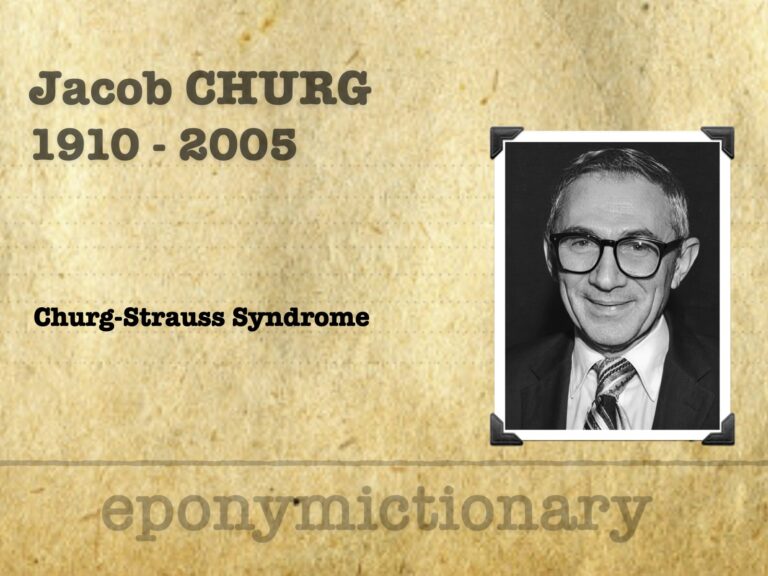
Jacob Churg
Jacob Churg (1910–2005), pioneering pathologist, co-described Churg–Strauss syndrome and transformed renal pathology through biopsy-based diagnostics

Jacob Churg (1910–2005), pioneering pathologist, co-described Churg–Strauss syndrome and transformed renal pathology through biopsy-based diagnostics
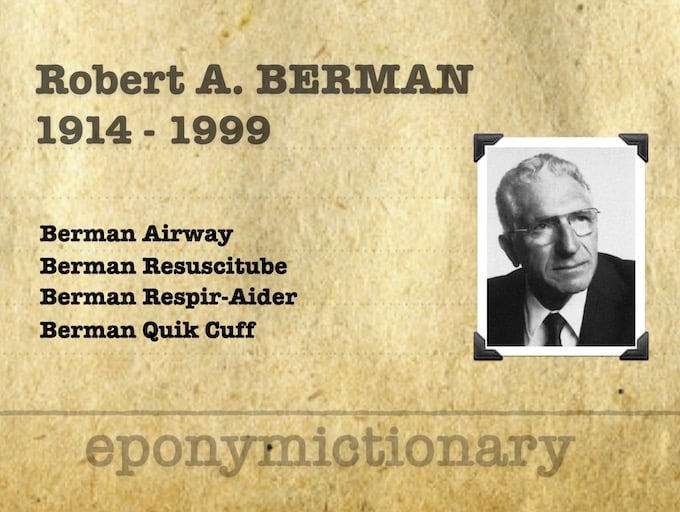
Robert Alvin Berman (1914-1999) was an American anesthesiologist and inventor including the Berman Airway, Quick Cuff and Respir-Aider
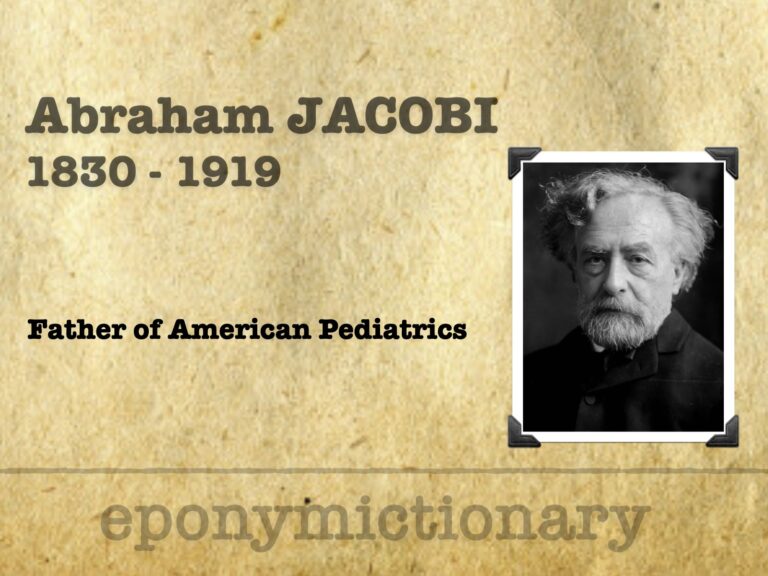
German-born American pediatrician Abraham Jacobi (1830–1919) founded U.S. pediatrics, led reform in child health, and shaped medical education and policy.
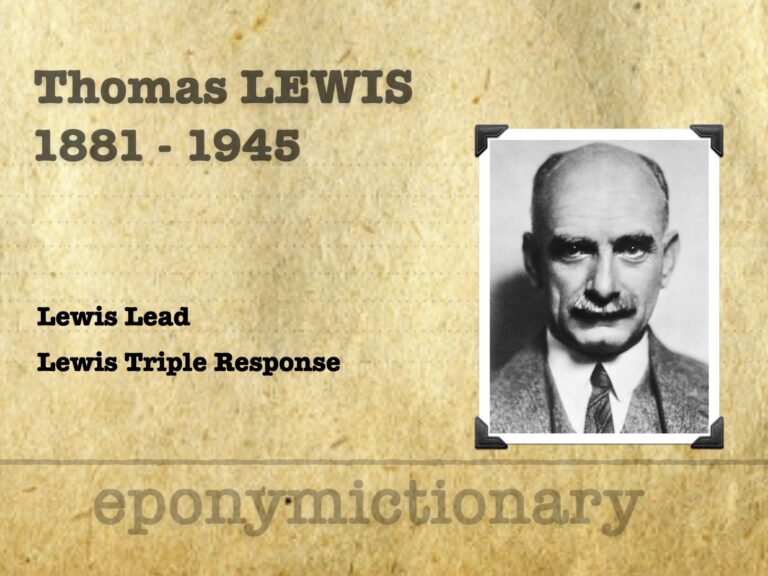
Pioneer of clinical cardiac electrophysiology, Sir Thomas Lewis (1881–1945) advanced ECG use, defined effort syndrome, and discovered the Lewis Triple Response.
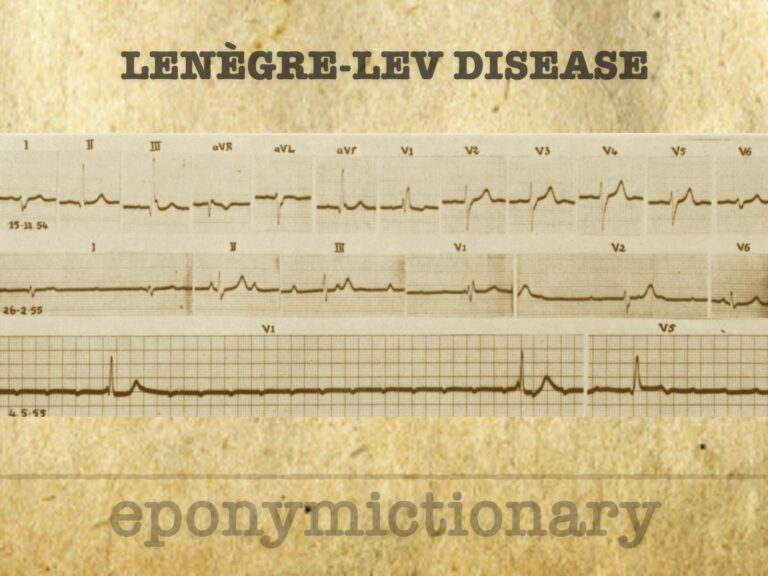
Acquired fibrous degeneration of the left and right bundle branches, eventually manifesting as permanent complete atrioventricular (AV) dissociation with cardiac pauses and Adams-Stokes attacks
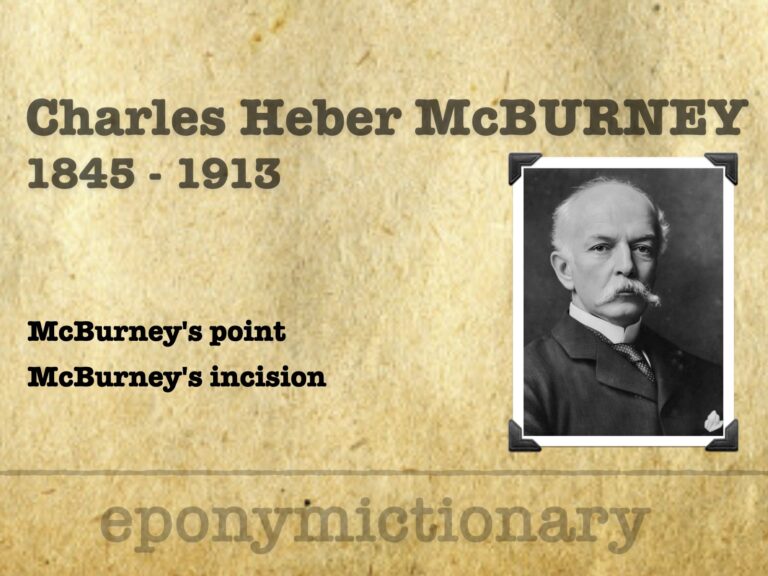
Charles Heber McBurney (1845 – 1913) was an American surgeon. Most famous for McBurney's point (1889) and McBurney's incision (1894) Medical Eponym.
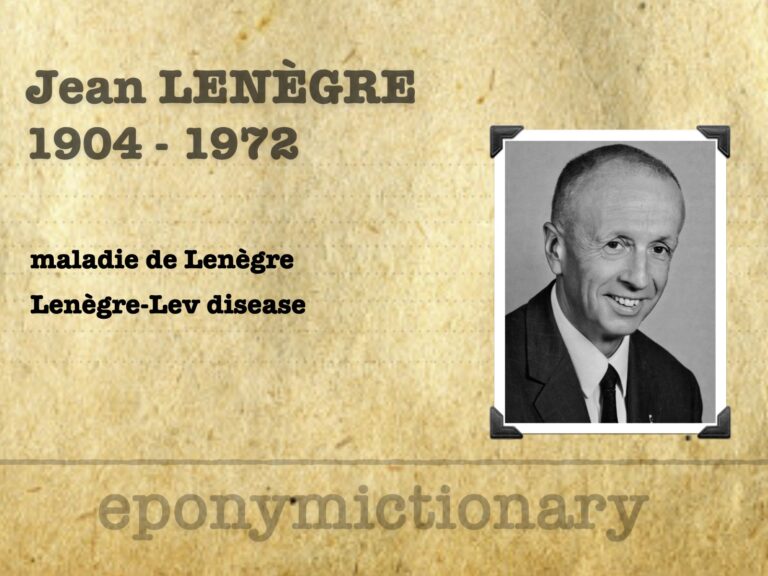
Jean Lenègre (1904–1972), French cardiologist, defined Lenègre’s disease and pioneered cardiac electrophysiology, catheterization, and bundle branch pathology
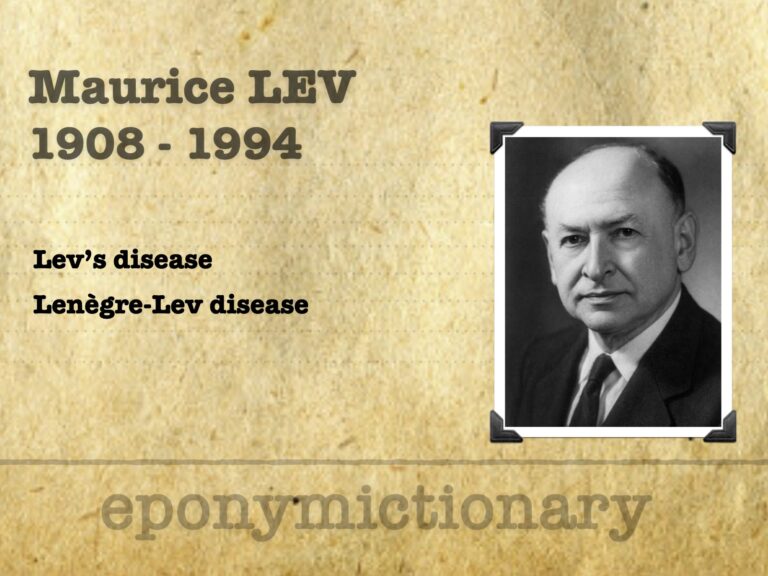
Maurice Lev (1908–1994), pathologist and teacher, defined Lev’s disease and advanced cardiac conduction and congenital heart pathology through over 500 publications

Stokes-Adams syndrome is an abrupt, transient loss of consciousness due to a sudden but pronounced decrease in the cardiac output
Robert Adams (1791–1875), Dublin physician, first described Adams–Stokes syndrome and pioneered clinical-pathological correlation in heart disease
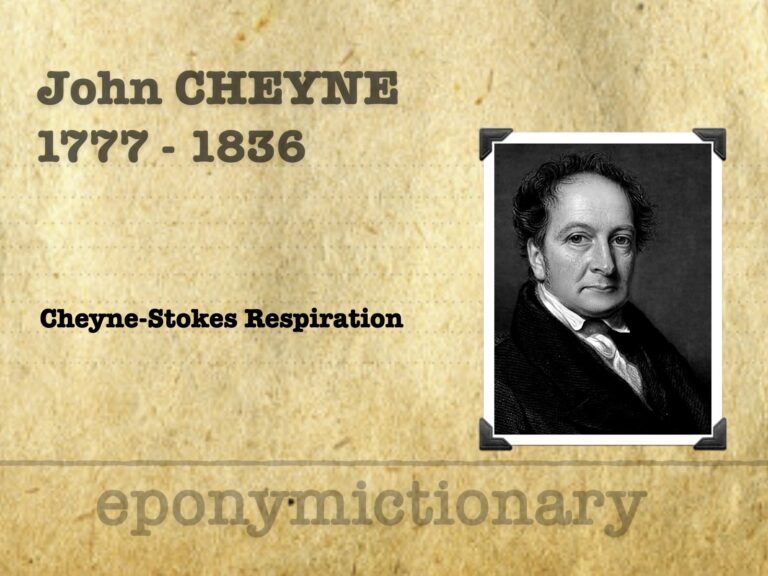
John Cheyne (1777–1836), Irish physician, co-described Cheyne-Stokes respiration, advanced clinical neurology, and linked pupils to brain injury

Cheyne-Stokes respiration is a cyclical breathing pattern of apnoea and hyperpnoea, seen in heart failure, brain injury, and end-of-life settings.